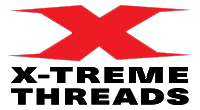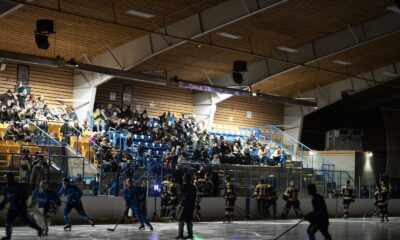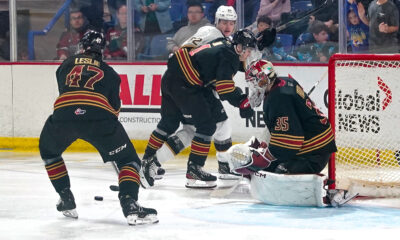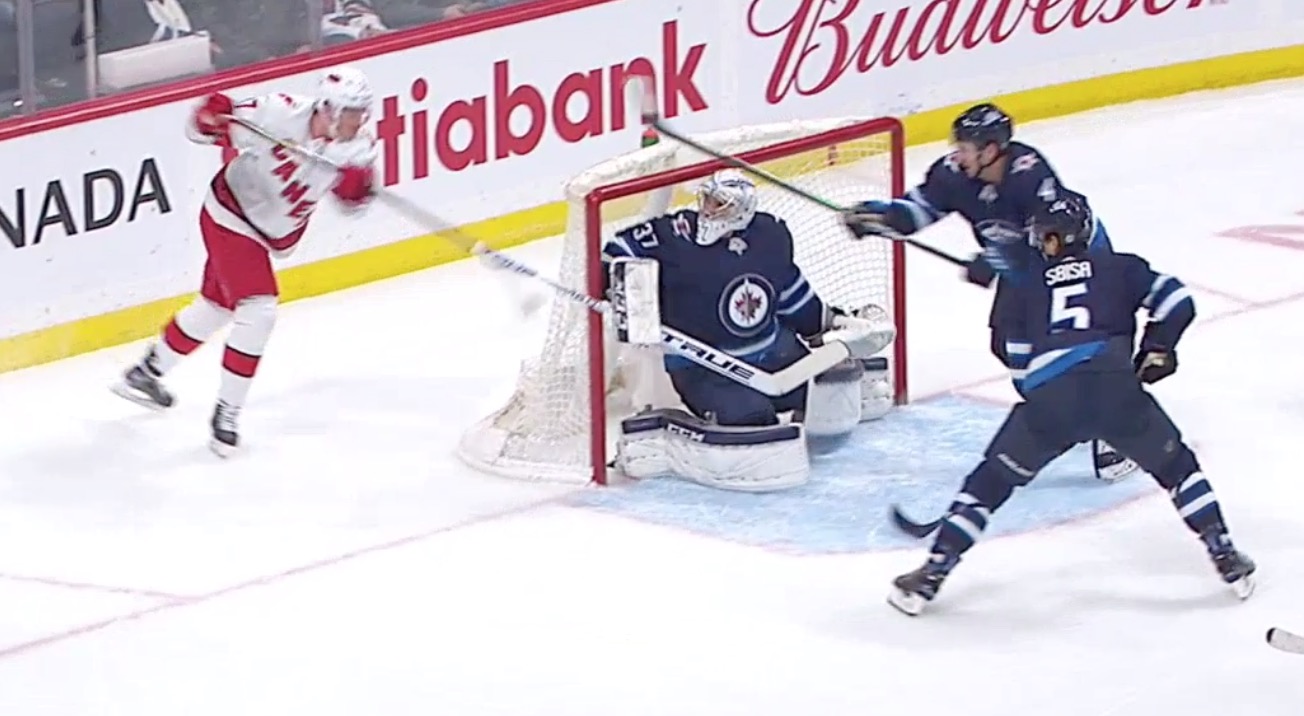
It started a somewhat of a fad, but now it seems to have taken the hockey world by storm and seeing who could perfect this the best way possible.
While we see this style goal scored in many lacrosse games, especially in the pro ranks such as the Vancouver Warriors it’s filtering down to minor lacrosse as well.
If you are old enough to remember and the younger generation won’t the first goal of this nature was scored in 1996 by Mike Legg.
He unfortunately never made the NHL, but at the time played for the U of Michigan and scored this in a tournament game against Minnesota, en route to a National Championship.
After all the debate of late I wanted to share this with those who wonder if it’s legal or if it should be disallowed by the referee.
Here is the info directly from the NHL Rule Book and it’s hoped that now we all have a better understanding of this precarious goal and having us wonder what’s next???.
Pucks Played With A High Stick
Rule 80.1 addresses pucks played with a high stick. The guideline for this rule is shoulder height.
Batting the puck above the normal height of the shoulders with a stick is prohibited. When a puck is struck with a high stick and subsequently comes into the possession and control
of a player from the offending team (including the player who made contact with the puck), either directly or deflected off any player or official, there shall be a whistle.
Cradling the puck on the blade of the stick (like lacrosse) above the normal height of the shoulders shall be prohibited and a stoppage of play shall result.
Goals Scored With A High Stick
Rule 80 covers high-sticking on goal-scoring plays. From 80.3:
When an attacking player causes the puck to enter the opponent’s goal by contacting the puck above the height of the crossbar, either directly or deflected off any player or official, the goal shall not be allowed.
The determining factor is where the puck makes contact with the stick. If the puck makes contact with the stick at or below the level of the crossbar and enters the goal, this goal shall be allowed.
Rule 78.5 calls for goals to be disallowed when “the puck has entered the net after making contact with an attacking player’s stick that is above the height of the crossbar. Where the puck makes contact with the stick is the determining factor.”
High-sticks Rule 60, including 60.5 on high-stick goals.
An apparent goal scored by an attacking player who strikes the puck with his stick carried above the height of the crossbar of the goal frame shall not be allowed.
The determining factor is where the puck makes contact with the stick. If the puck makes contact with the stick at or below the level of the crossbar and enters the goal, this goal shall be allowed.
All three rules are consistent in their application and in their standard: goals must be scored by a stick below the crossbar, and it’s where the stick contacts the puck that matters.
Reviewing Lacrosse-Style Goals
Ah yes, video review. Like all goals, those scored lacrosse-style are subject to review, but it gets a little tricky depending on where the potential high stick occurred.
For pucks played with a high stick (e.g. cradled above shoulder height), those would be considered missed stoppages under Rule 80.1. Those would be eligible for a Coach’s Challenge.
Where goals are scored with a high stick (e.g. above the crossbar), those reviews would have to come from the league. Coaches are not able to challenge a high stick on a goal.
A lacrosse-style goal happens in one fluid motion, where the puck is lifted, played, and tucked in. The challenging part – no pun intended – will come when a lacrosse-style goal is disputed for being scored with a high stick.
Working backwards on the rules around review and challenges, here’s how it breaks down:
Coaches can only challenge if the puck was played above the shoulders. If the concern is around the scoring – release of the puck relative to the crossbar – that’s a league review.
Coaches cannot challenge the goal being scored above crossbar height.
We haven’t seen the last of lacrosse-style goals in the NHL and we also haven’t yet seen them overturned, either by the league or via coach’s challenge.
It’s expected that there could be a rule amendment to the rule for the 2020-21 season, but that’s for the rules committee to decide!!

LIVE
About Sportswave
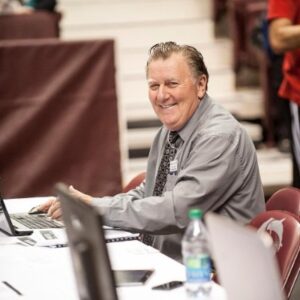
SICAMOUS HOUSEBOATS
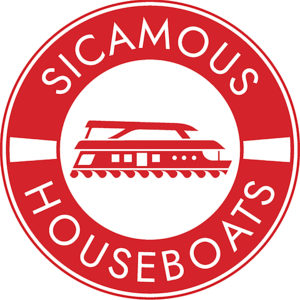
North Delta Business Association
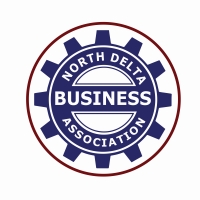
Delta Strong

Visaic Media
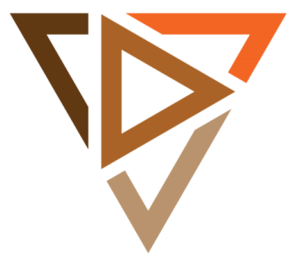
X-Treme Threads
